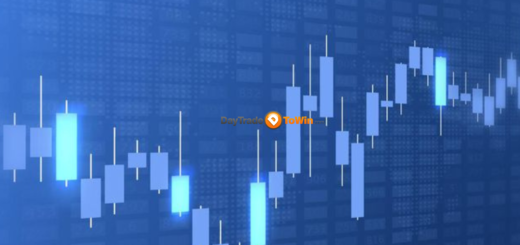First Hour Trading Tactics: How to Make the Most of the Opening Bell
Economic conditions are proving to be difficult, with stocks facing substantial volatility and ongoing inflation. However, some economists argue that these tumultuous times can present new opportunities and risks for investors.
What’s happening: The global economy is in a constant state of flux. The labor market has shown remarkable resilience, but other economic indicators, such as spending and manufacturing, show weakness. Additionally, unrest in Russia can trigger another inflation surge if its extensive commodity exports are disrupted.
Earlier this year, central banks appeared to be pausing or winding down their year-long series of painful, inflation-fighting rate hikes. However, policymakers have recently shifted their stance, warning investors that more challenges are ahead.
US stocks have managed to bounce back from their recent bear market and enter bull territory. However, analysts remain unsure whether this is a disguised bear market, as markets ended last week significantly lower, breaking a multi-week winning streak.
Indrani De, head of global investment research at FTSE Russell, believes investors have valid reasons for optimism, as macroeconomic indicators suggest a renewed appetite for risk.
Before the Bell: Inflation and Bond Yields
Indrani De: Inflation is still high, but the key factor is its trajectory, which is moving toward disinflation. Different countries are at various stages in their inflation journeys, leading to significant dispersion between asset classes and countries. This requires investors to be more selective.
Resilient economic growth in the US has resulted in higher earnings forecasts. Stocks have performed particularly well since the US dollar weakened from its recent highs in the last quarter of 2022. A weak dollar is beneficial for risky assets and large-cap stocks.
The market tends to focus on short-term policy rates, but the 10-year Treasury yield is more important for equities and other risk assets. This rate peaked in early 2022 and has since decreased and stabilized, which has supported tech stock growth.
Artificial Intelligence and Market Froth
Optimism is not only driven by cyclical factors like better-than-expected GDP and upward corporate earnings revisions. There is genuine hope that artificial intelligence (AI) could lead to a structural upgrade in economic growth prospects, akin to the 1990s when internet stocks sparked growth in the tech sector and eventually impacted the entire economy.
AI has the potential to boost productivity and economic growth significantly. However, if the rally remains concentrated solely in technology, it could be riskier, as no single industry can grow indefinitely in the stock market.
Potential Worries for Markets
While there are reasons for optimism, it’s crucial not to underestimate the remaining stock risks. Valuations may have outpaced growth improvement prospects, and there are other economic risks, such as a slowing manufacturing purchasing managers’ index and tightening bank lending standards. The macroeconomic picture is mixed, but optimism drives US equity markets higher.
Looking Ahead: The Third Quarter
Predicting market performance is challenging, but analysts and companies continue to make forecasts. For the third quarter, analysts are most optimistic about the Energy, Communications Services, and Information Technology sectors, while they are most pessimistic about the Consumer Staples sector.
In conclusion, although the current economic landscape presents challenges, there are also opportunities for investors who can navigate the risks and find growth potential in various sectors.




